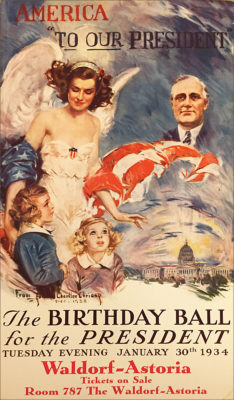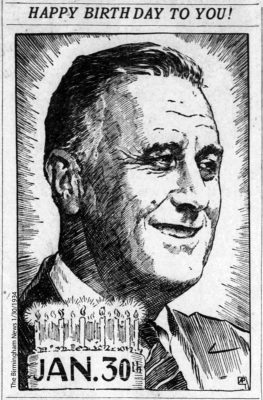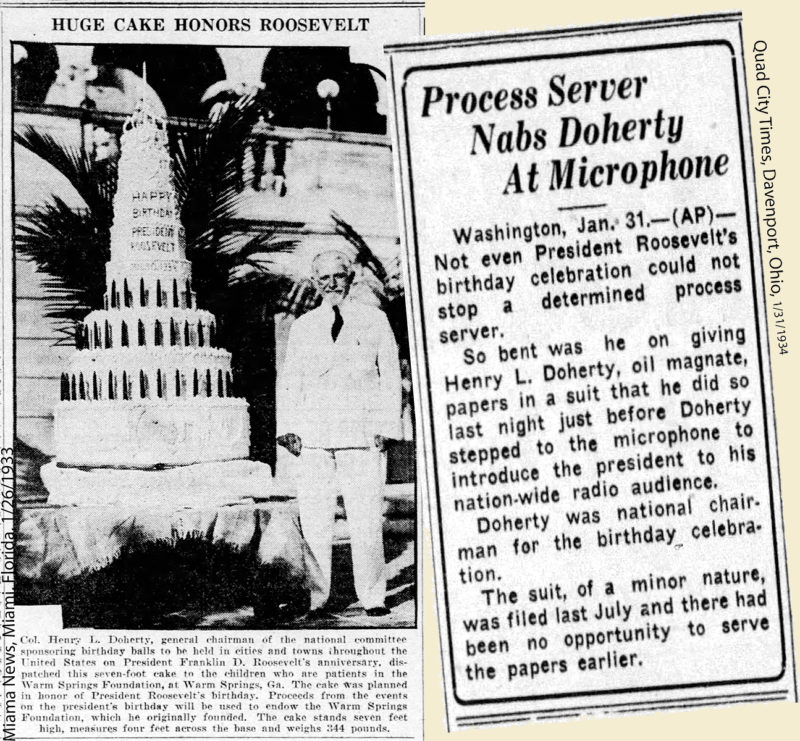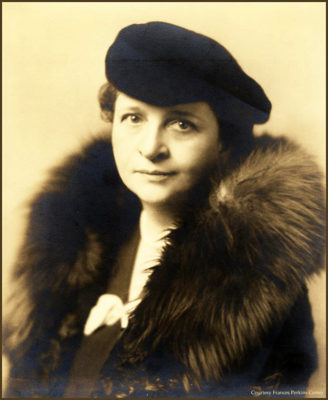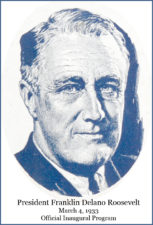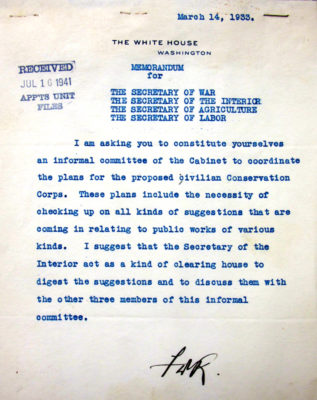New Agency, New Forms – Origin of CCC Individual Enrollment Records
As the CCC Individual Enrollment Records are being digitized the backstory of White House discussions addressing the recruiting, accounting and fundamentals of establishing the Civilian Conservation Corps (CCC) are legendary. By establishing this new government agency, which provided jobs for millions between 1933 – 1942, a collection and variety of forms, regulations, and reports were generated. These documents are a part of our national story, a record filled with questions answered by millions who were touched by hardship and need between 1933 – 1942.
By digitizing these CCC records and making them freely accessible another catalog of New Deal history will be open for research, insight and education before the end of 2024, I’m told.
_______________________
“Mr. President, we haven’t got an
employment service.”
 Francis Perkins, Secretary of Labor likened President Franklin Roosevelt’s method of getting things done,
Francis Perkins, Secretary of Labor likened President Franklin Roosevelt’s method of getting things done,
“to put dynamite under the people who had to do the job and let them fumble for their own methods . . . This great brainstorm about giving the unemployed relief by taking them out into the woods to do forestry work. I first heard this from the mouth of Franklin Roosevelt, without any preparation at all . . . I thought it was a pipe dream . . . He thought you could just take everybody who was applying for relief and put them in the forests . . . He just thought of all the unemployed, not just of the young men. The young men were my idea later . . . ”
I said “how are you going to recruit? If you are going to pay them money, how are you going to get them:.” He said “Use your employment service” I said “Mr. President, we haven’t got an employment service.” . . . He said “Make one. Create one.”
Which she did.
________________
On April 5,1933 Executive Order No. 6101, issued by the President, set in motion a new government agency, originally called the Emergency Conservation Works (ECW), but better known as the Civilian Conservation Corps (CCC).
As Secretary of Labor, Perkins was in the rooms where it happened. Her vivid recollections, from the first 100 days of FDR’s first administration, describe the genesis of the CCC and the vital role played by the Departments of Labor, War and other government agencies. There was a remarkable coming together of government agencies to devise and implement a system, as mandated by FDR, which allowed for the inductions and placement of over 250,000 junior CCC recruits in yet-to-be organized reforestation camps by early summer of 1933.
Local relief offices were swamped with applicants, in some cities they were told to return; forms and guidelines had not arrived from DC.
The Army, in anticipation of the CCC program, was prepared with new regulations dividing the country into nine Corps areas for administrative purposes. Upon induction, either at the camp or Army recruitment center, new enrollees were examined, swore to the Oath of Enrollment, assigned a CCC company, fed, clothed and transported to their newly organized reforestation camp. Before they climbed into their assigned bunk that first evening they had answered questions, signed forms and passed examinations, all, presumably, in compliance with C.C.C. Form No. 1.
Continue reading “C.C.C. Origins & Labor Secretary Frances Perkins”
